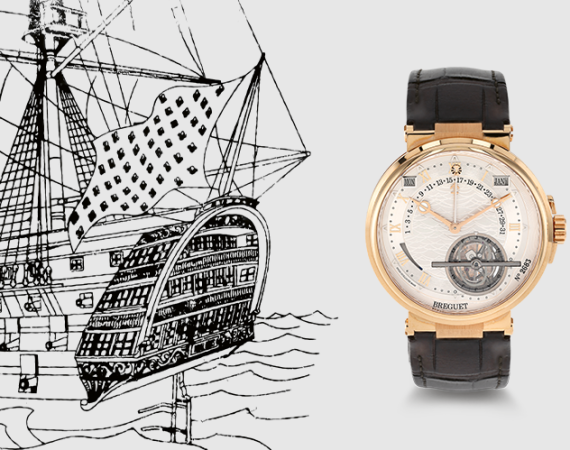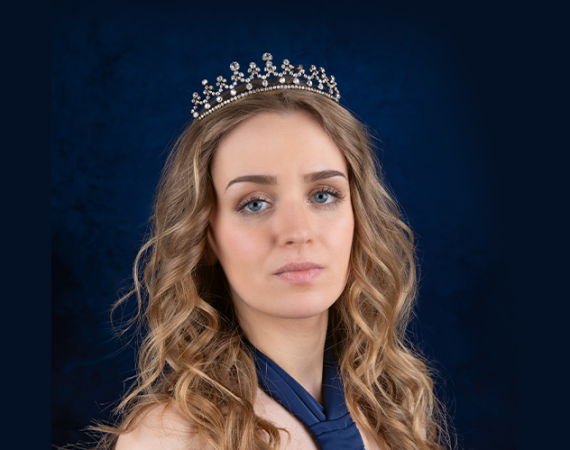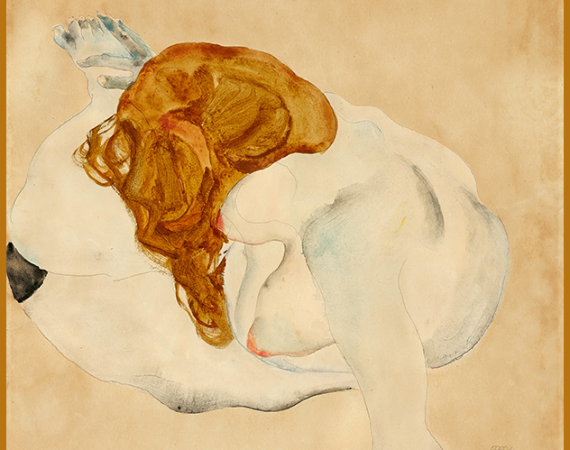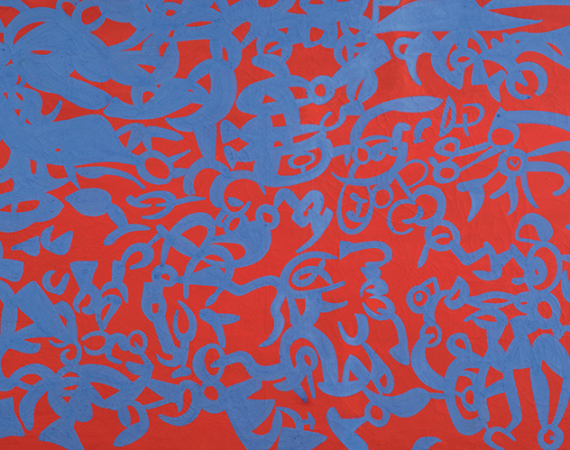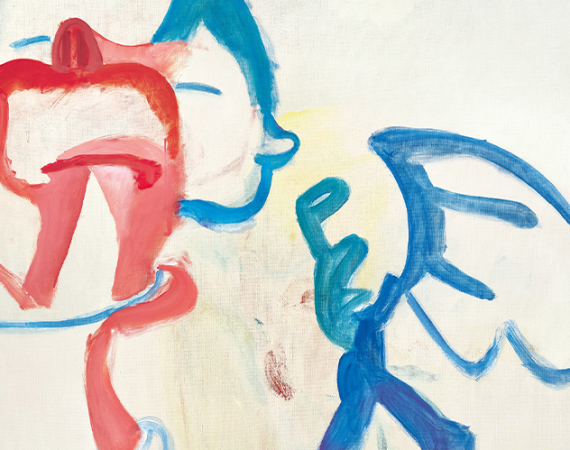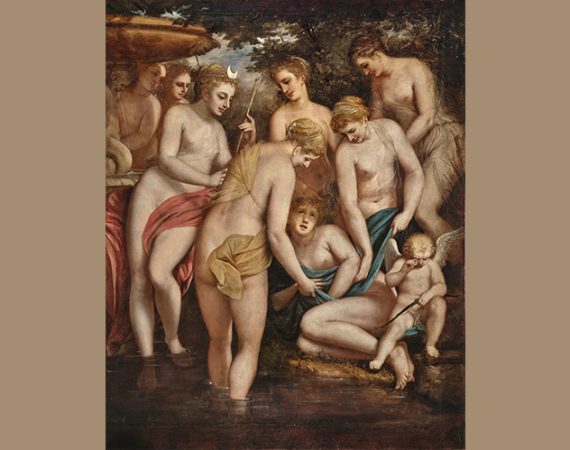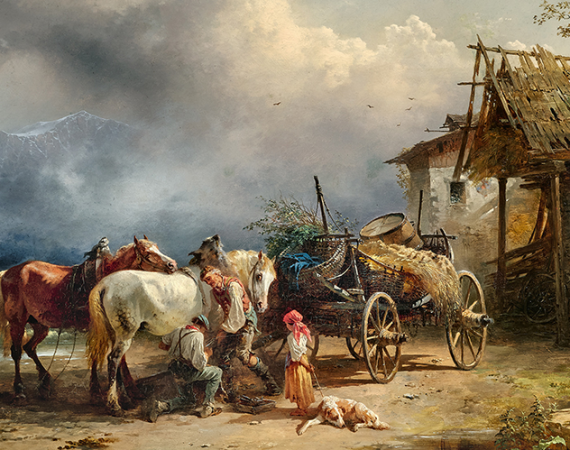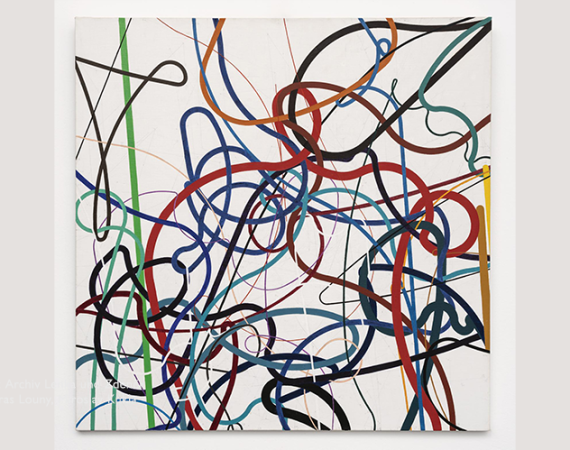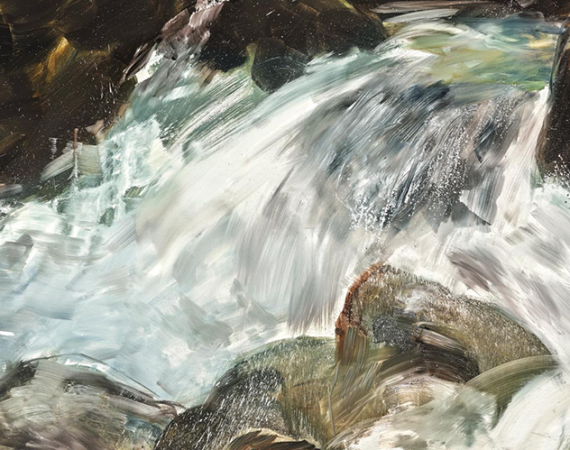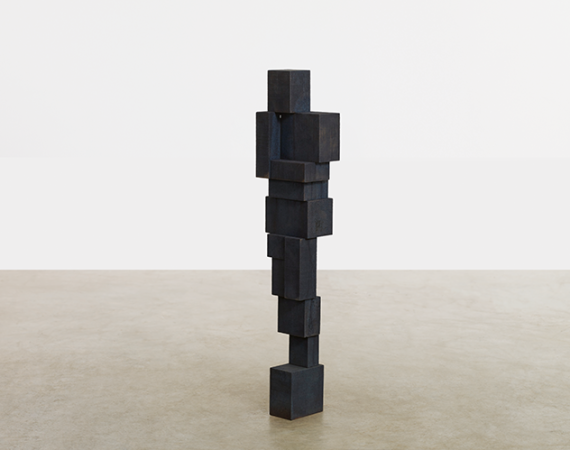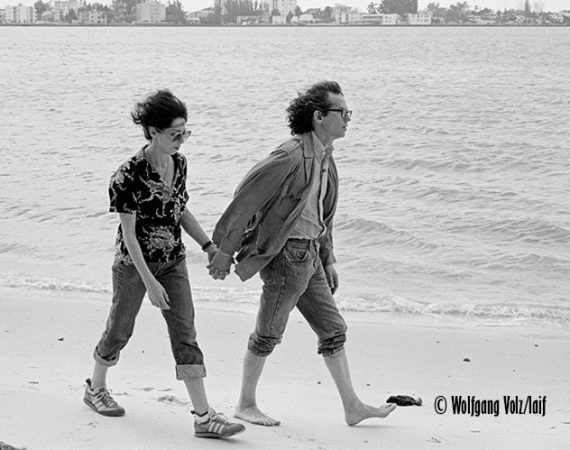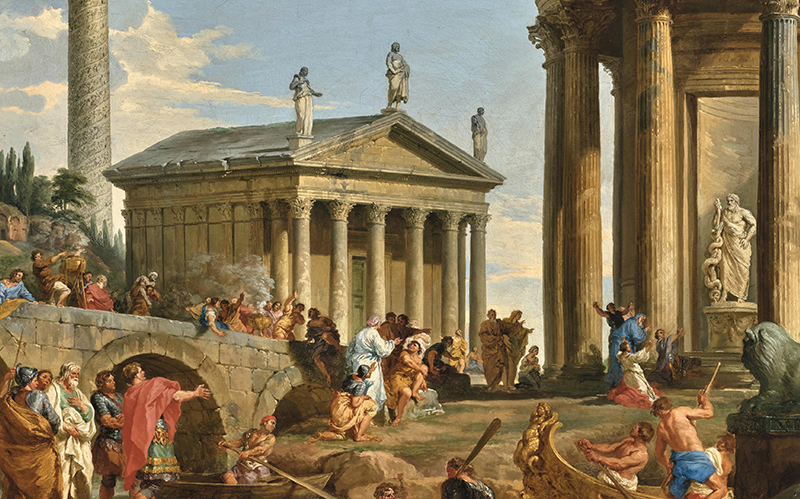
Giovanni Paolo Panini was one of the most celebrated artists in 18th century Rome. His painting of the Isola Tiberina was commissioned by the greatest British physician of his age as a homage to the God of Medicine and the Healing Arts. It is one of the highlights of Classic Week at Dorotheum in October.
This beautiful sunlit view of the Isola Tiberina, the Roman sanctuary of Aesculapius, the god of medicine and healing, was painted by one of the most prolific and successful 18th century vedutisti of his time. Giovanni Paolo Panini (1691–1765) was a pre-eminent painter of views of Rome, and his work was particularly appreciated by art collectors on the Grand Tour.
Panini focused his attention on the classical ruins and landscapes of ancient Rome, painting the historical sites of antiquity such as the Pantheon with his trademark meticulous architectural accuracy. He also compiled invented spaces for his views in which he combined authentic buildings within fictitious landscapes or even experimented with multiple separate views of Rome within a single canvas. These invented views were known as capricci and were highly popular in this period.
The present painting, dated 1724, is one Panini’s most successful ‘historical’ capricci. It illustrates the theme of medicine and healing within the context of Roman antiquity and was inspired by an episode from Ovid’s Matamorphoses (Book XV). The painting recalls the origin of the association of the Isola Tiberina with the home of medicine in ancient Rome. According to the story, the Romans, endeavouring to end the devastating plague of 293 BC, sent ambassadors to Epidaurus, home to a famous temple dedicated to the god of medicine, seeking help for their stricken people. According to the tale, the ambassadors were sent back to Rome with a statue of Aesculapius. As they disembarked on the bank of the river Tiber, a snake, which to this day is recognised as the symbol of medicine, slithered off the ship that had carried the deity’s statue, indicating the chosen location of the future temple on the Isola Tiberina. Rome was freed from disease, and the Isola Tiberina became the sanctuary, for ever after, of Aesculapius, the Greek god of healing and medicine.
In the painting we see a collection of scenes around this theme playing out, in a kind of homage to the healing properties of the Isola Tiberina. The composition tells several stories at once, set within the monumental classical architecture of such buildings as the Temple of Vesta in the Roman Forum which is depicted here, ‘borrowed’ as it were, from the Roman Forum. The statue of Aesculapius is already installed, and worshippers are engaged in devotion or supplication before it. Elsewhere, figures on the bridge are seen burning incense in honour of the god and, in the foreground, the Ambassadors themselves are depicted turning towards the statue of the Aesculapius as if in wonder at the great power of healing and medicine.
Apart from being an important painting in its own right, this work is further distinguished by the fascinating and deeply relevant tale of how it came to be painted. It was commissioned by the British Physician, Richard Mead (1673–1754), who was one of the leading doctors, collectors and philanthropists of his time. He was a medical pioneer specialising in the prevention of contagious diseases such as scurvy and smallpox. He was an expert on the effects of poison, even drinking snake venom himself to verify his theories. His patients included Queen Anne, King George II, Sir Isaac Newton and the celebrated French artist, Antoine Watteau.
His prolific collecting interests spanned scholarly books and manuscripts and items of natural history as well as paintings and drawings. His impressive art collection included works by Poussin and Canaletto, Dürer, Holbein, Rembrandt and Antoine Watteau’s The Italian Comedians (now in the National Gallery, Washington).
It comes as no surprise that such a significant figure in the furtherment of medical practice, who also possessed a keen eye for great quality and an interest in the ancient world, should commission one of the greatest masters of the classical capriccio, the epitome of fashion in his day, to paint a eulogy for him, to the god of healing and medicine.
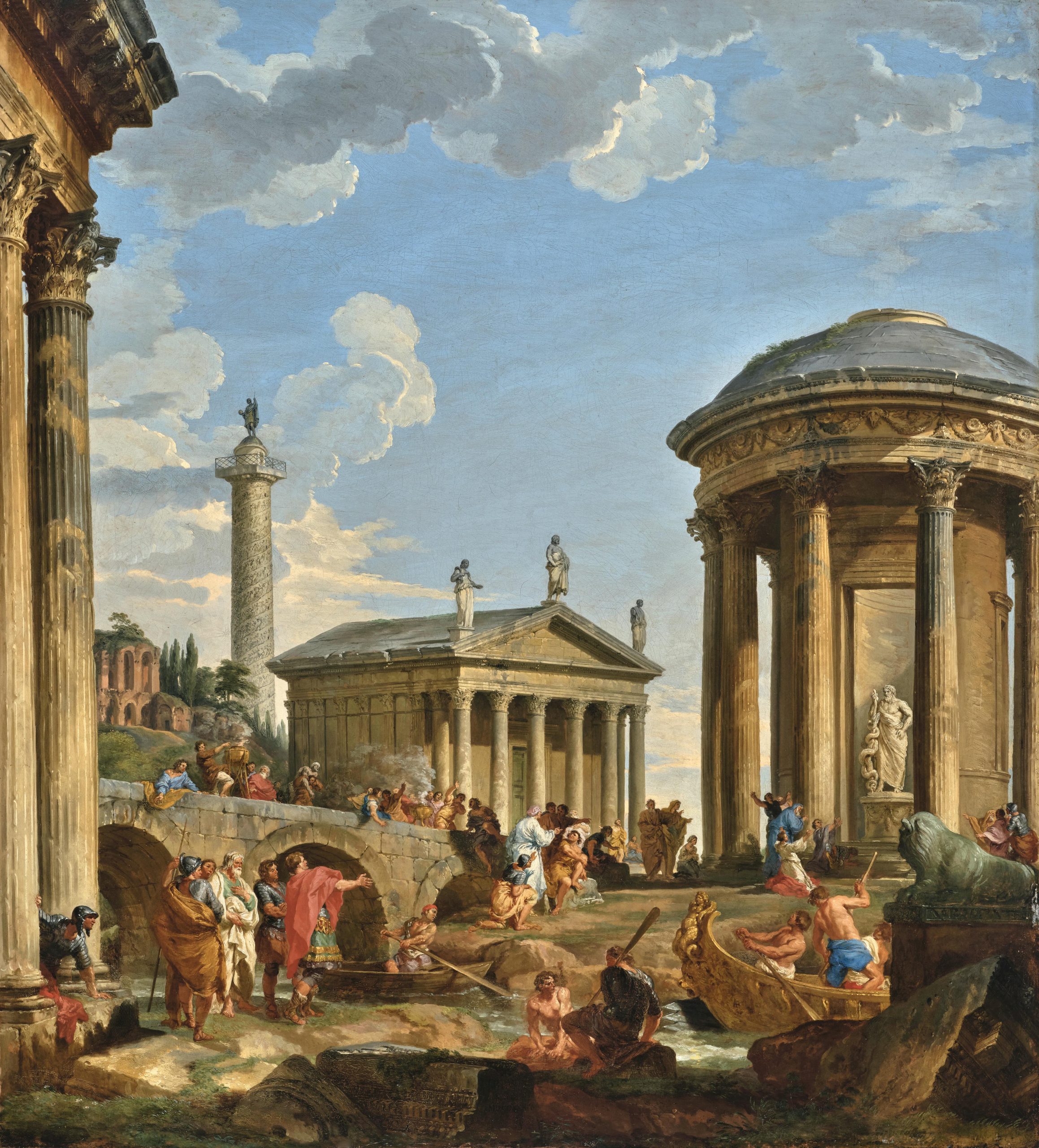
AUCTION
Old Masters
23 October 2025
Palais Dorotheum, Dorotheergasse 17, 1010 Wien
oldmasters@dorotheum.com
Tel. +43-1-515 60-403

